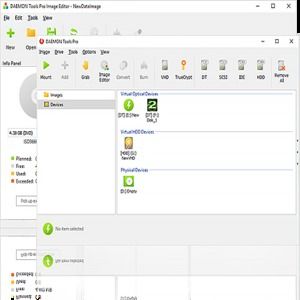

EnvironmentFile= is the file that contains any Environment Variables that we want our service to have access to.Since we always want it running, we want it to be automatically restarted even if it fails. Restart= is the restart policy we want for our service.Make sure that this shell script has executable rights which you can add by running chmod +x /path/to/monitoring.sh. ExecStart= is the path to the shell script that we want to execute when the service starts.It can be used in various places to inform the system or user what the service is doing. Description= is just the description of our service.We can achieve this by creating the following file that we would name /etc/systemd/system/rvice So let’s imagine that we have a script called monitoring.sh that monitors some remote service, and we want to make sure that this shell script is running at all times as a background job or daemon within our Linux system. service file that determines how our command is executed, and then starts it using our systemctl command. If we have some kind of custom process that we want to run using the systemctl tool we can very easily create our own.

It comes with a lot of services out of the box that you can find at /etc/systemd/system/. It’s a very neat little thing that makes it very easy for you to start, stop and restart a service that is running in the background.

Systemctl is a command that you can use that allows you to control the Linux systemd services and processes that are being executed when you boot or startup your Linux operating system. In this article, I will show you two simple ways that I prefer to define the tasks and executions that I want to be running as background jobs on my Linux machine. In the world of Linux and Unix, there are more than one way to achieve this. This is just an example of a background task and I’m sure that you with your creative mind can come up with other situations where it might be needed. You might want to monitor it by testing the connection to it every 5 seconds all the time, forever. For example, imagine that you need to monitor your database to make sure that it doesn’t die. This is a very common task that you might run into fairly quickly in the world of DevOps. What if you have a task that you want to be running at all times on your system, but you don’t want to run it in a terminal manually, instead you want it to always be running in the background of your Linux environment.
Daemon tools in linux how to#
Coderbook How to Run Command in Background or Daemon with Linux


 0 kommentar(er)
0 kommentar(er)
